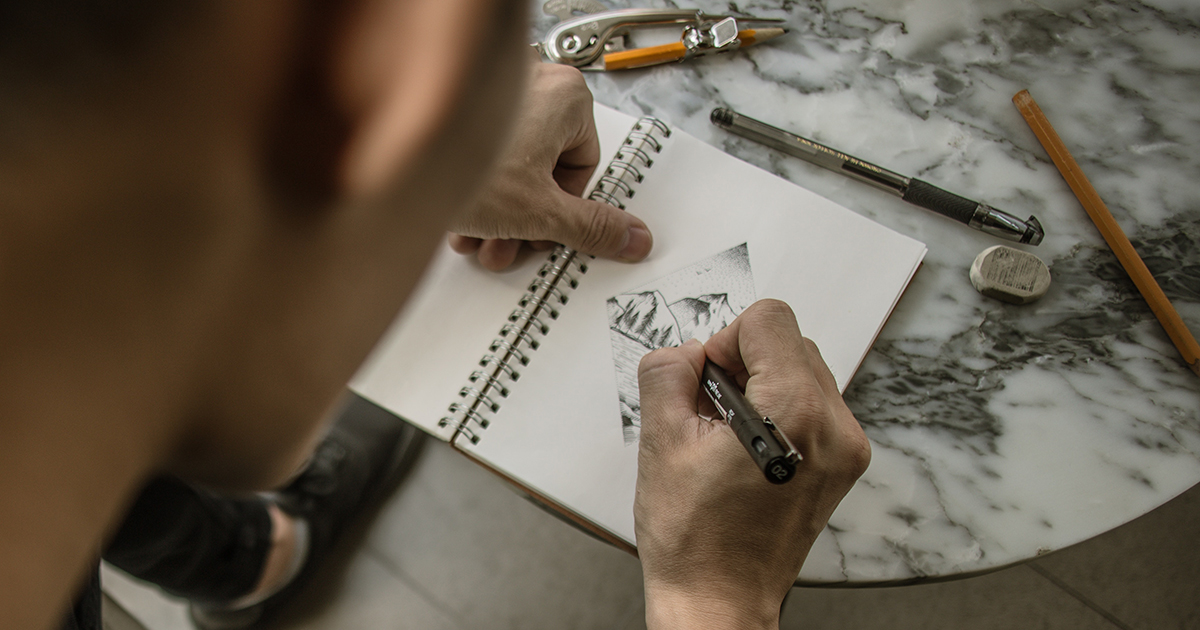
I sat there at the table as she began to talk about her need for a logo, taking in what she was saying and thinking about what she was not saying at the same time.
She wanted it to look really nice but could not tell me much about what the business was like or what the business would be doing other than a few types of repair services.
I gently pressed to get more information but was met with strong expectations that I would be able to be superman by naming her business and creating something really amazing from scratch. I told her we’d be happy to help but she would have to contribute more to the process.
Brand Identity
Developing a rock solid brand that gains recognition is absolutely essential for your business, but you need to start with understanding your core brand messaging. Things like who you are (identity), where you are going (vision), your offer (products/services), and who you are trying to reach (audience) are important to understand first.
When a company’s brand message is not clearly defined, a logo has no foundation to be built upon.

Logo design and branding are two different things. You see, branding provides the context for effective logo design.
When a company’s brand is not clearly defined, a logo has no foundation to be built upon. It becomes an elusive object subject to the whim of “in the moment” personal preference. So what do you do? You must answer some difficult questions and define your brand.
Your brand identity can encompass areas such as personality, uniqueness, emotion, tone, company culture, history, vision, mission, key messaging, core values and more.
Your business should offer solutions to the problems and needs of your customers. Staying in touch with these is a great way to fuel ongoing service and product offerings.

Equally important is understanding the people who will interact with your business. This includes your target audience along with all their tastes, preferences, and patterns.
As these areas take time to learn, and over time your business will evolve, so be prepared that your branding will evolve as well. It is an ongoing refinement process, which means change isn’t a mark of failure but of success.
Discovery Questions
Read this short list of questions to help you define your brand.
- What problems does your business solve?
- What makes your business unique?
- How would you describe your business?
- What is your business’ vision, mission, and core values?
- Who are your customers and what are they like?
- What colors and images come to mind when you think of your business?
Now write down the answers to these questions with these pro tips in mind.
Pro Tips
Don’t Forget
An agency that is committed to partnering with your brand design will ask you plenty of questions upfront and throughout the design and implementation process to ensure they are staying on point with your brand.
